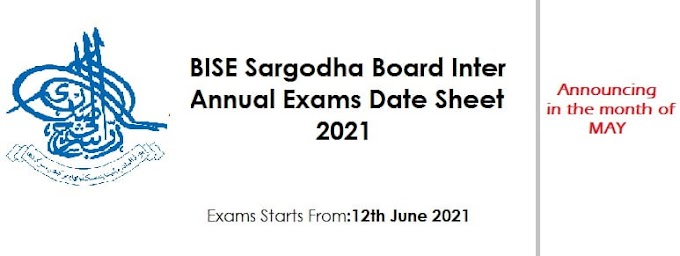Present Perfect Tense
Present perfect tense structure:
Simple/affirmative sentence structure:
Subject + has / have + third form of verb + object.
Example: He has gone to school.
In the above structure "has, have" is used. We use the word "has" when the subject is name of person, place or thing or he, she, it. We use the word "have" when the subject is "I, we, they, you, plural".
 |
Negative sentence structure:
Subject + has not / have not + 3rd form of verb + object.
Example: He has not gone to school.
Interrogative sentence structure:
Has / have + subject + 3rd form of verb + object ?
Example: Has he not gone to school?
Present Perfect tense examples:
1.
- He has driven a car.
- He has not driven a car.
- Has he not driven a car?
- He played Cricket.
- He has not played Cricket.
- Has he not played Cricket?
- I have seen a snake.
- I have not seen a snake.
- Have I not seen a snake?
- They have broken glass.
- They have not broken glass.
- Have they not broken glass?
Note:
Every perfect tense have third form of verb.




0 Comments